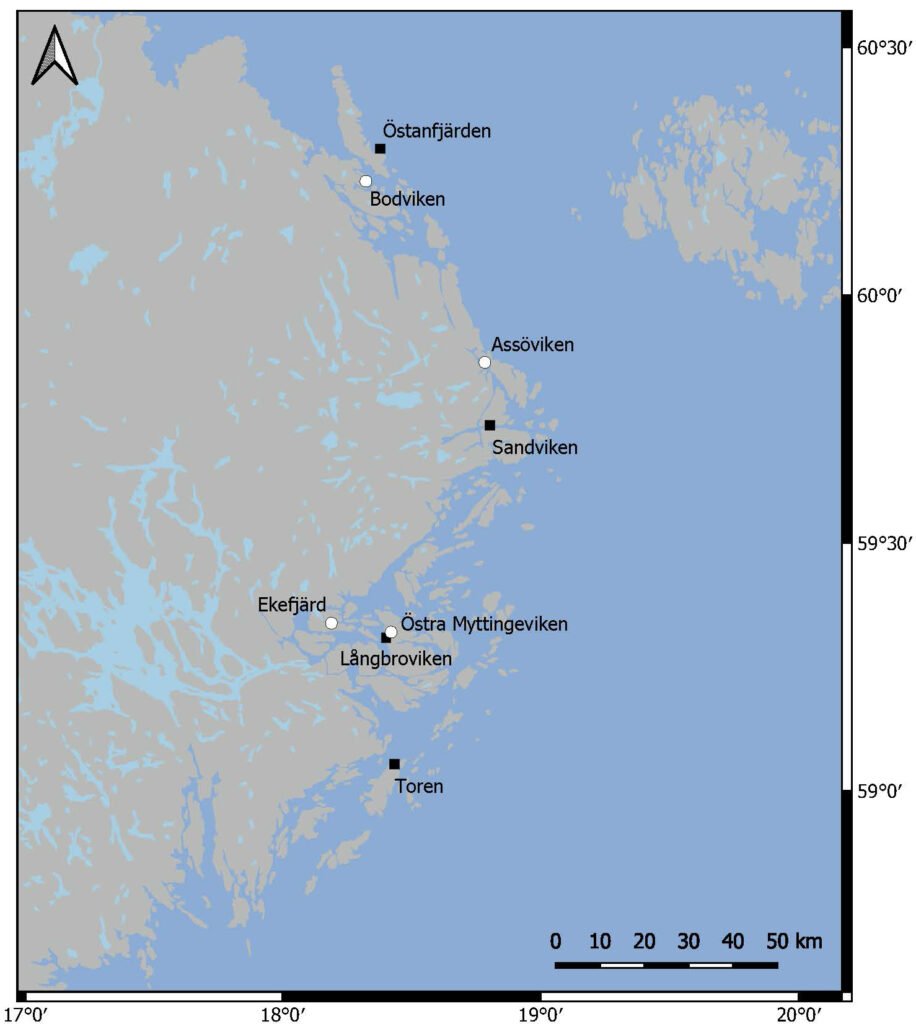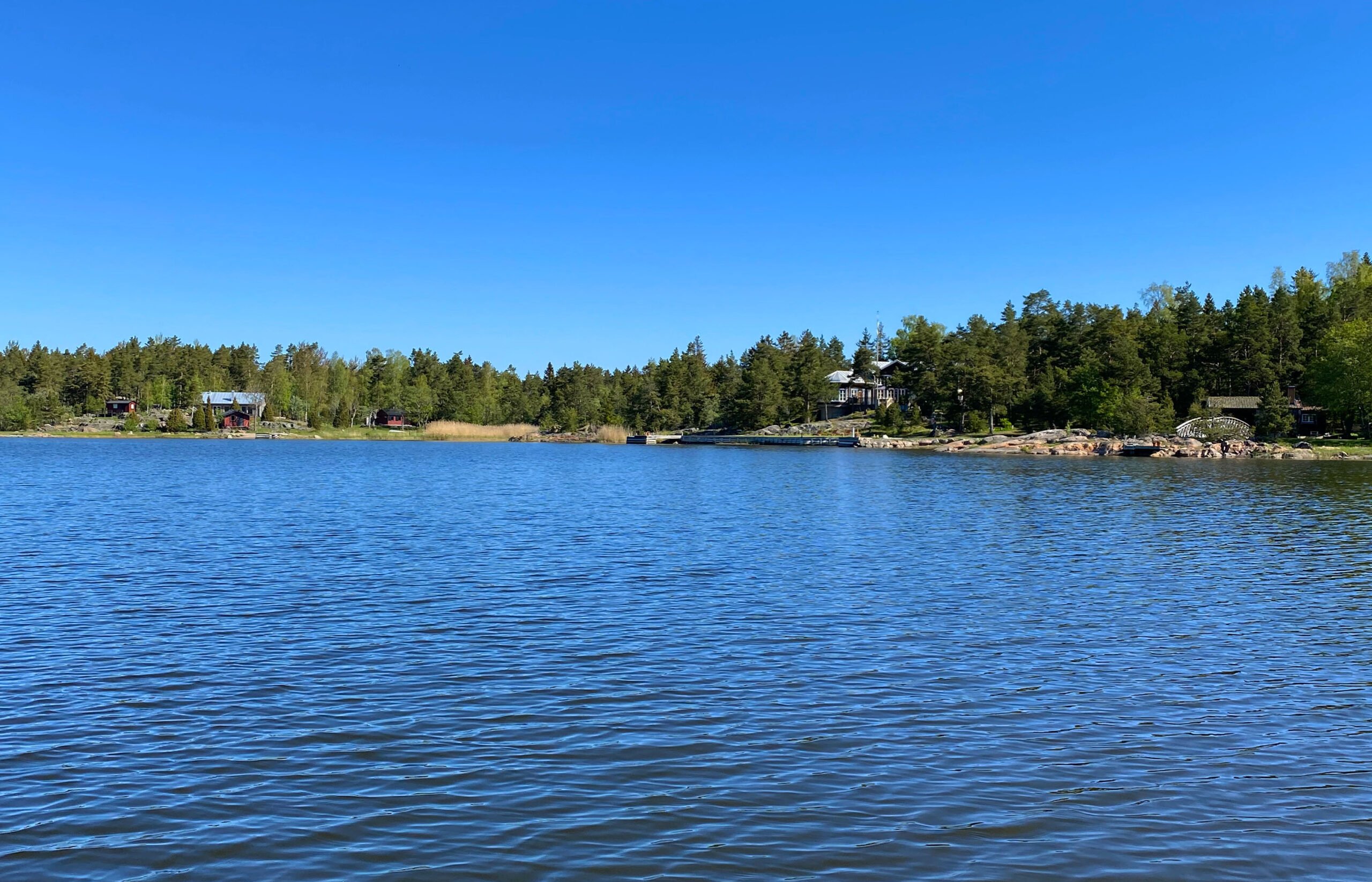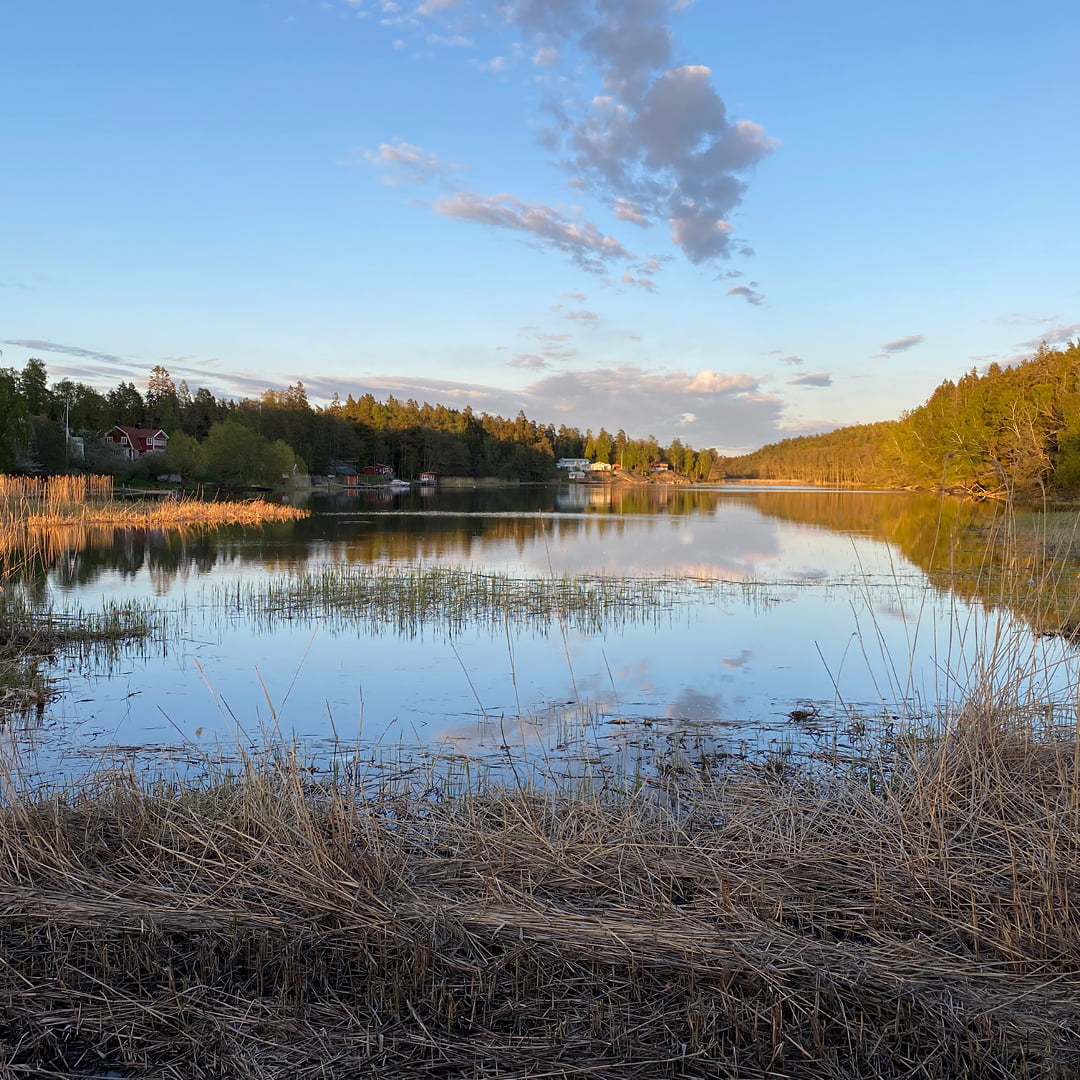Work on sampling, measures and case studies is now in full swing within the Thriving Bays demonstration project. Four bays have been selected for measures and another four bays are control bays. Intensive surveys and sampling are now underway in all bays. At the same time, specific case studies are being carried out in areas where researchers need more knowledge.
Complex environments make for complex projects
Shallow bays are one of the most biologically rich natural environments in the Baltic Sea coastal area. Among other things, they are nurseries for many animal species, and sediments and plants bind carbon dioxide and nutrients that would otherwise pollute the sea and increase eutrophication. But shallow bays have changed. Bays are affected by the large-scale changes in the Baltic Sea ecosystem, while being put under additional pressure by localised activities. Individual sewage and agriculture contribute to eutrophication, and the exploitation of beaches and shallow seabeds is changing the environment. Dredging, boat traffic, fishing and pollutants create additional pressures on the bay ecosystem. The aim of the Living Bays project is to demonstrate that it is possible to restore the ecosystems in these bays, to use them sustainably and to describe which measures are suitable, how effective they are and what restoration costs.
Researchers in the project will work on a range of measures in the bays, both to reduce nutrient loads and physical impacts, and measures that favour predatory fish. One problem with doing many measures at the same time in one area is that it can be difficult to assess their relative importance to the final outcome. Therefore, the researchers will also conduct a number of different case studies that examine specific impacts, test and evaluate one impact factor and possible action at a time, and compare different restoration approaches.
Selection of action bays
Over the past two years, the Thriving Bays project has mapped and analysed a large number of bays that are heavily affected by eutrophication, physical impacts such as dredging or boat traffic and/or high fishing pressure. This spring, four action bays were selected for further work, where investigation of the environmental status and need for action, local support and preparation of measures are in full swing. The four action bays that have been selected are:
- Östanfjärden, also called Högklykeviken, in Östhammar municipality
- Sandviken in Norrtälje municipality
- Långbroviken in Värmdö municipality
- Toren in Haninge municipality
In order to distinguish natural changes from the effects of measures, the project has also selected four control bays. Ekefjärd, Assöviken, Bodviken and Östra Myttingeviken.
Image: Squares mark action bays, circles mark control bays.

The bays have in common that they are small, shallow and have a low water turnover. They also have turbid and nutrient-rich water, few predatory fish and poor fry recruitment. There is either a lack of bottom vegetation, or there is very thick vegetation with mainly high-growing eutrophication-favoured species.


To the right: Toren. Foto: Naturvatten AB. To the left: Östanfjärden. Photo: Linda Kumblad, Stockholm University Baltic Sea Center/BalticWaters

Långbroviken. Photo: Linda Kumblad, Stockholm University Baltic Sea Center/BalticWaters
How did the researchers select the bays?
To find suitable bays for the project, the researchers used a number of criteria. The bays had to be heavily affected with, for example, turbid water, a lot of emergent algae, limited presence of aquatic plants and a lack of predatory fish. The bays should also be shallow and have little water exchange with neighbouring waters. If water exchange is too high, the water quality outside the bay will determine the environment inside the bay and the effects of the measures will be difficult to measure and evaluate. Bays with too large catchment areas were excluded because large catchment areas make the complexity of a demonstration and research project too great. In addition to criteria on the environmental status of the bays, it was also desirable that there was a pronounced local commitment to the bay environment but no extensive, already ongoing action work.
What happens next?
Intensive work is now underway with investigations, sampling and case studies to obtain a good basis for proposals for appropriate measures for each bay. Measures in the selected bays are planned to start already next year. If you want to know more about what is happening right now, check out the project page where will continuously update with news from the project.

